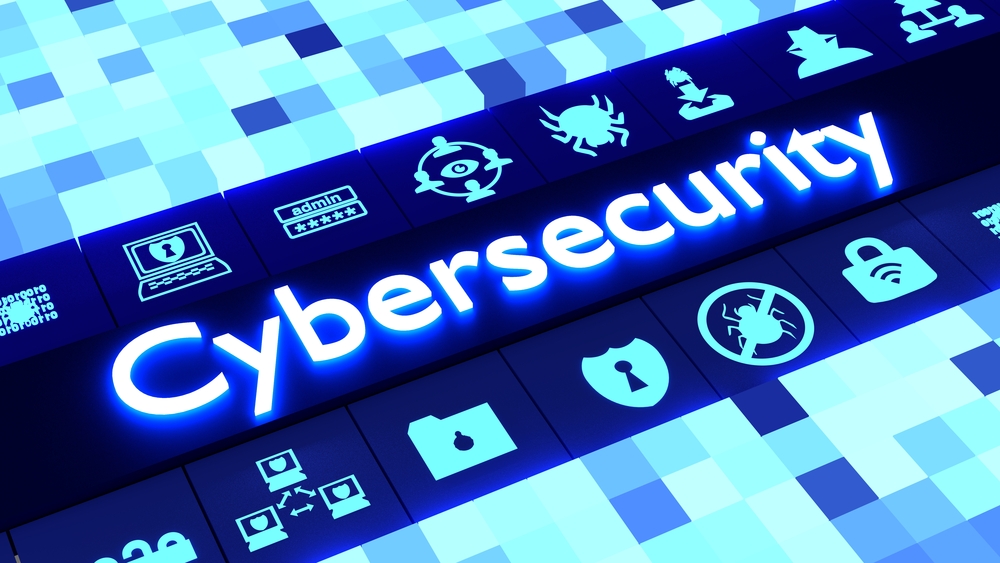
If you’re a small to medium-sized organization, it’s very likely that even at this point, you don’t have a formal cybersecurity program. This can be the case for a variety of reasons. You have fewer resources, for example, and you may have one person managing multiple roles.
You can still formalize your security program more similar to what we see in big organizations and enterprises, but you have to be strategic in doing so.
The costs of not formalizing your approach to cybersecurity are typically going to be much greater than the costs to do so.
When you have a strategy, you can then implement it more effectively and help your employees understand the importance of cybersecurity and what their role is.
The following are some of the general steps to help you get started formalizing your cybersecurity processes and overall program.
Understand What a Well-Documented Cybersecurity Program Includes
The following are the things that structurally and procedurally a cybersecurity program should include:
- Identification of assets, information, and systems and the risk each faces
- Protection of assets, systems, and data
- The ability to detect and respond to a cybersecurity event
- Recovery from an event
- Disclosure of the event as needed
- Restoration of operations and services
Start with Data Classification
Rather than starting by creating policies without really understanding what you’re protecting, instead begin with an understanding of what your data is, what the attack surface is, and how you can best prioritize protection. You can’t do everything overnight, so it’s good to start classifying your most sensitive data and move outward from there.
The data you store is highly personal to your organization, and once you’ve defined what it is, you need to determine where it’s stored.
You can’t protect something if you don’t know where it is.
As part of your initial audit of what needs to be protected, begin to create a record of all the hardware and software devices that are part of your network.
You’ll need to review everything above and update it if needed regularly.
Well-Defined Roles and Responsibilities
A cybersecurity program needs to be managed by an accountable point person. That’s a key element of a formalized program. The person in charge of cybersecurity will work to establish and then maintain a larger strategic vision.
That point-person will also ensure that operationally the cybersecurity program works.
This person will stay ahead of any risks an organization could face and will work to maintain knowledge of the current threat environment but also look forward.
Access Control Policies
Access control is a core component of a cybersecurity policy. To have access control policies that are secure, you’ll need to know which employees currently have access to what, as well as any other users. You need to then make sure you’re following principles of least privilege.
Least privilege access means that every user has access to only what they need and nothing more.
Least privilege access is a critical way to protect against external and internal cybersecurity risks and threats.
Eventually, your goal will be facilitating external network access with the use of an identity and access management (IAM) solution. User-selected passwords tend to be high-risk and can be obtained through a simple phishing attack.
Written Policies and Employee Training
One of the big issues that even large organizations have is they might think they’ve formalized their cybersecurity policy, but ultimately they don’t write it down, nor do they make it highly accessible to employees and train them on it. Those are things that are imperative for the program to be genuinely formalized.
As you’re developing employee training, you want to think about bridging the gap between the concepts you’re trying to convey and how these affect your employees’ day-to-day lives.
Plan for the Worst
Finally, a truly formalized and comprehensive cybersecurity plan will account for the potential of a breach to occur. You need to be prepared for that.
Some things to include as part of your response plan are details on who will be notified internally and externally. You should have a response team, and you should know how you’re going to separate affected systems to reduce damage.
Your response plan should include details of how you’ll notify legal authorities and how you’ll determine the extent of the compromise that occurred.
The biggest takeaway is that cybersecurity isn’t just an IT or technical issue. It’s a whole-of-business issue, and a formalized plan needs to look at it as such.


